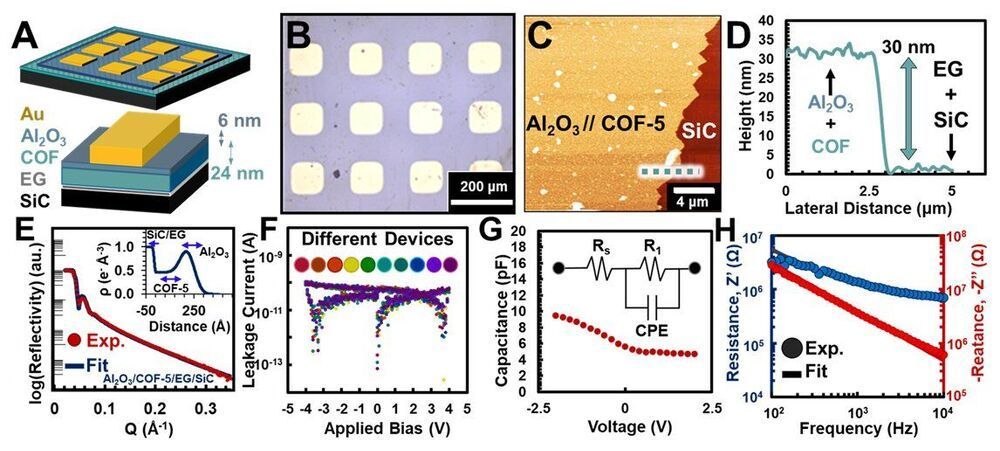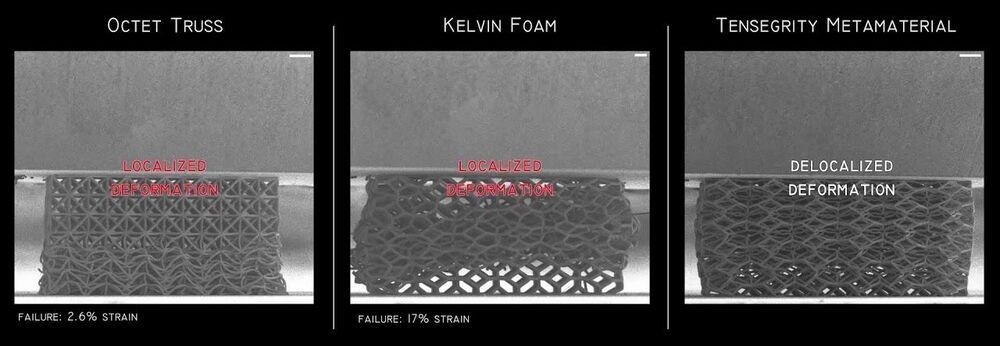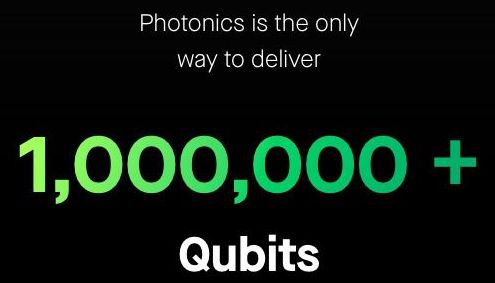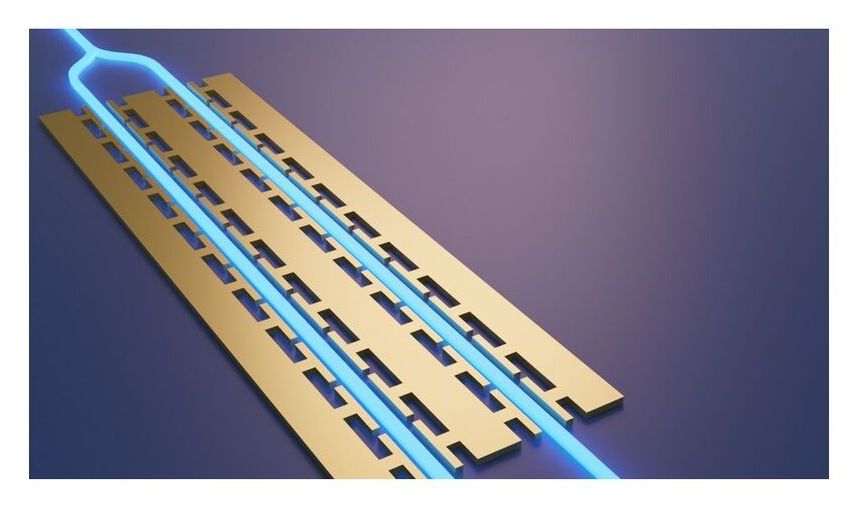Progress in the field of integrated circuits is measured by matching, exceeding, or falling behind the rate set forth by Gordon Moore, former CEO and co-founder of Intel, who said the number of electronic components, or transistors, per integrated circuit would double every year. That was more than 50 years ago, and surprisingly his prediction, now called Moore’s Law, came true.
In recent years, it was thought that the pace had slowed; one of the biggest challenges of putting more circuits and power on a smaller chip is managing heat.
A multidisciplinary group that includes Patrick E. Hopkins, a professor in the University of Virginia’s Department of Mechanical and Aerospace Engineering, and Will Dichtel, a professor in Northwestern University’s Department of Chemistry, is inventing a new class of material with the potential to keep chips cool as they keep shrinking in size—and to help Moore’s Law remain true. Their work was recently published in Nature Materials.









